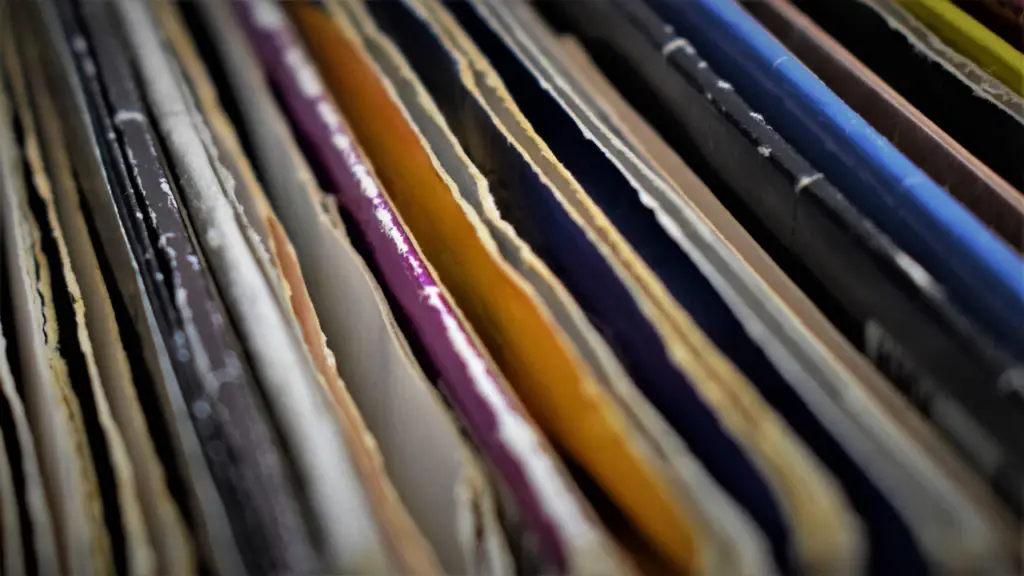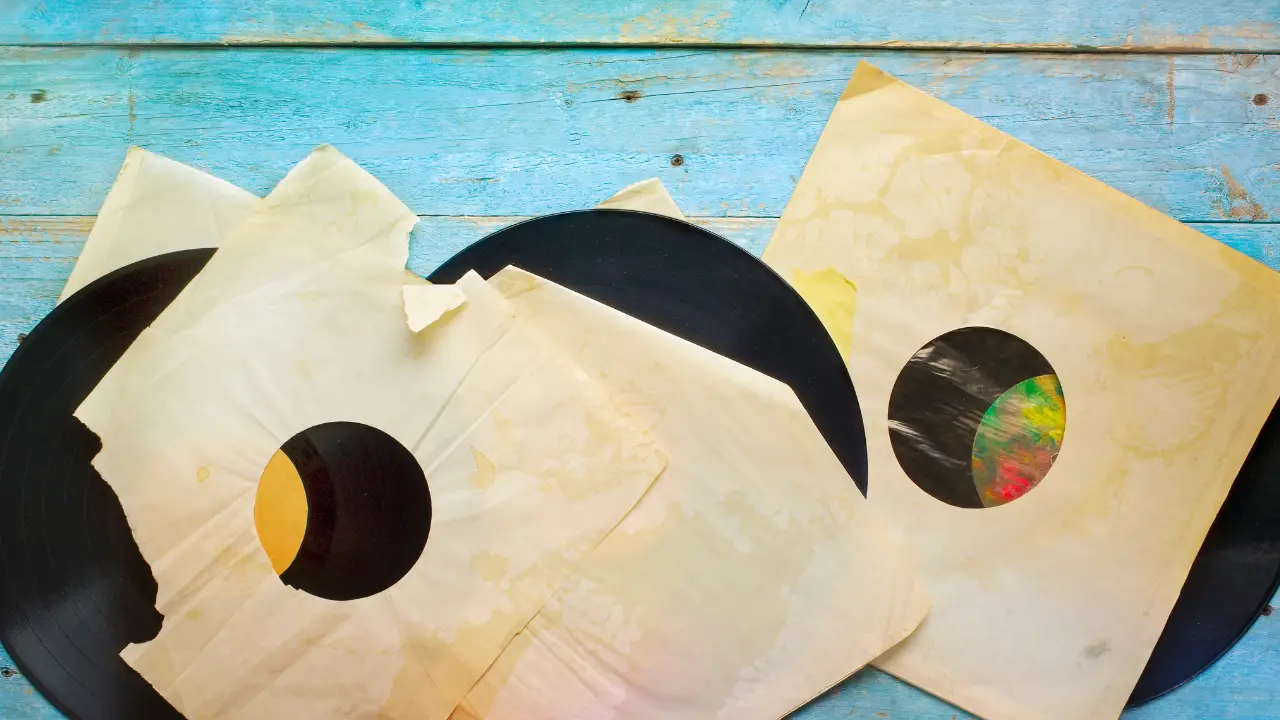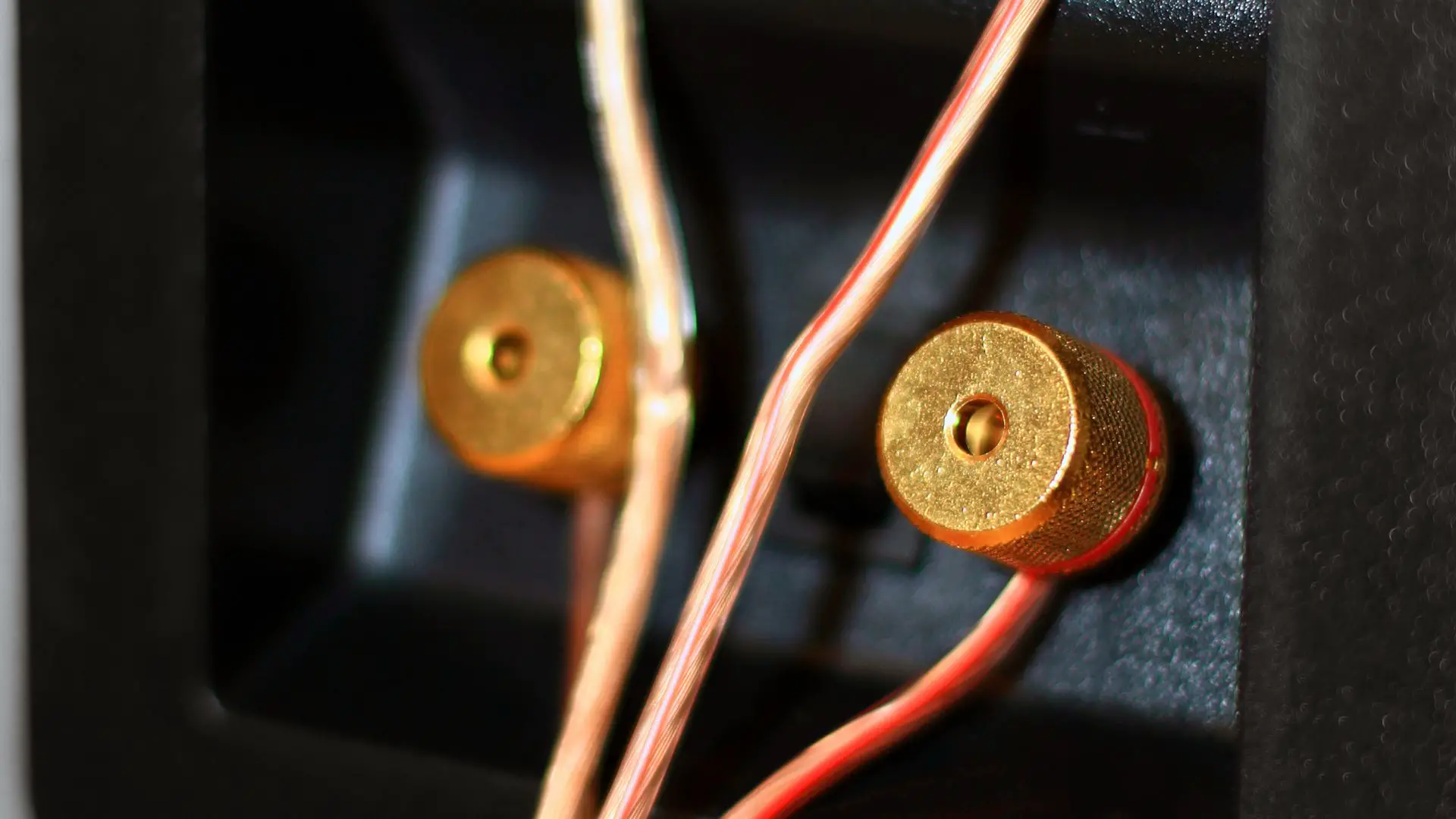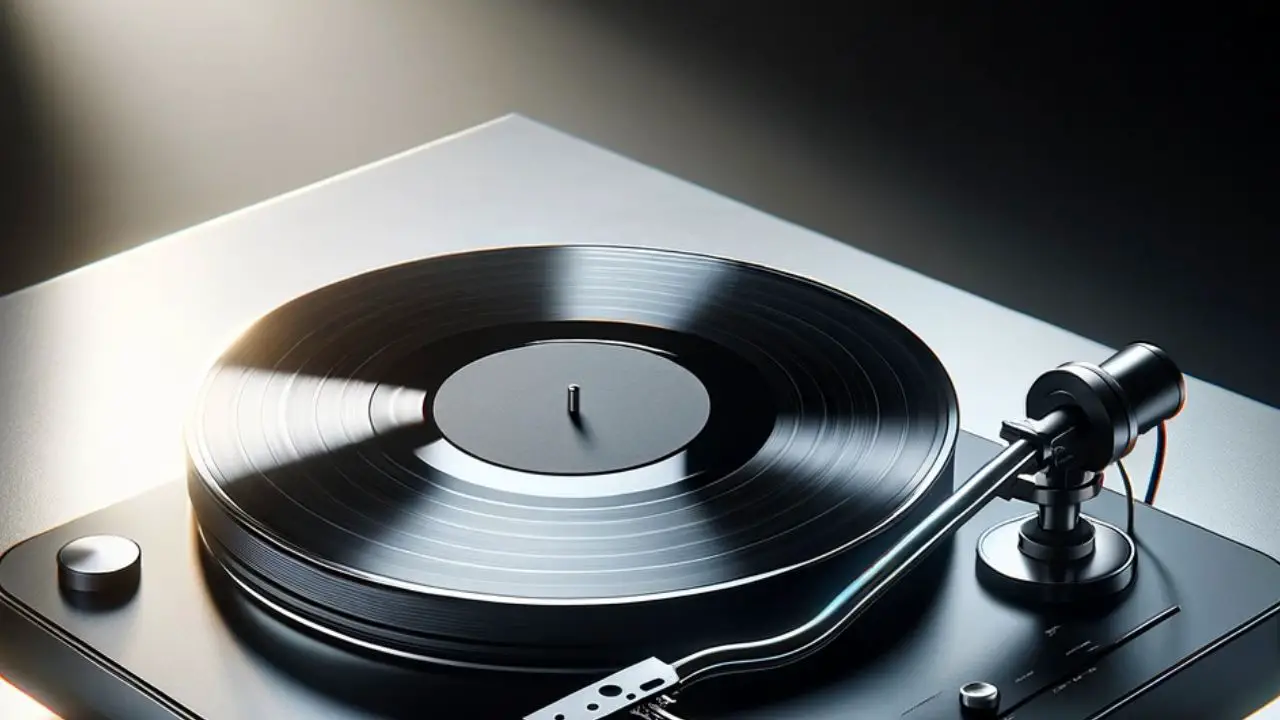If you’re a vinyl collector, you know how important it is to preserve your records. Even a small scratch or speck of dust can affect the sound quality of your vinyl. That’s why it’s crucial to use inner and outer sleeves to protect your records from damage. In this article, we’ll explore the role of inner and outer sleeves in vinyl preservation and how they work together to keep your records in optimal condition.
Inner sleeves are designed to house your vinyl and protect it from dust, dirt, and other contaminants. They come in various materials, including paper, polyethylene, and polypropylene. Paper sleeves are the most common and affordable option, but they can scratch your records over time. Polyethylene and polypropylene sleeves are more durable and won’t scratch your records, but they can be more expensive. Regardless of the material, it’s important to choose sleeves that fit your records snugly to prevent them from slipping out or getting damaged.
Outer sleeves, on the other hand, are designed to protect your record covers and keep them in pristine condition. They slide over your record jackets and protect all the contents within. Some outer sleeves even come with a resealable flap to make it easier to access your records. While they don’t have direct contact with the record itself, they serve as a second layer of protection and a place for artwork and other information. In the next section, we’ll dive deeper into the different types of inner and outer sleeves and how to choose the right ones for your vinyl collection.
Understanding Vinyl Preservation
When it comes to vinyl records, preservation is key to maintaining their sound quality and monetary value. Properly preserving vinyl records involves protecting them from various forms of damage, such as dust, dirt, moisture, and scratches. This is where inner and outer sleeves come in.
Inner sleeves are designed to house your vinyl records and protect them from dust and other contaminants that can cause damage to the record’s surface. They also prevent the record from rolling around inside the jacket, which can cause rips on the seam of the jacket.
Outer sleeves, on the other hand, slide over your record jackets and protect all the contents within. They help to prevent damage to the jacket, including creases, tears, and other forms of wear and tear. Additionally, they can help to protect the record from moisture and other environmental factors that can cause damage over time.
Using both inner and outer sleeves together provides comprehensive protection for your vinyl records, ensuring that they stay in optimal condition for years to come. It’s important to choose the right type of sleeves for your specific needs, whether you’re looking for added protection or simply want to keep your collection organized.
Understanding the role of inner and outer sleeves in vinyl preservation is essential for any serious collector. By taking the time to properly protect your records, you can ensure that they remain in excellent condition and continue to provide you with high-quality sound for years to come.
Inner Sleeves: Their Role in Vinyl Preservation
One of the most important tools in vinyl preservation is the inner sleeve. In this section, we will discuss the role of inner sleeves in vinyl preservation and provide tips on how to properly handle and store them.
Material Choices
Inner sleeves come in a variety of materials, including paper, polyethylene, and polypropylene. Paper sleeves are the most common and affordable option, but they are not the most protective. They can create dust and are not water-resistant. Polyethylene and polypropylene sleeves are more protective and durable, but they can be more expensive. Polyethylene is thinner and more flexible, while polypropylene is stiffer and more rigid.
When choosing inner sleeves, it is important to consider your budget and the level of protection you need. If you have rare or valuable records, you may want to invest in more protective materials like polyethylene or polypropylene.
Proper Handling and Storage
Proper handling and storage of inner sleeves is crucial to their effectiveness in vinyl preservation. Here are some tips to keep in mind:
- Always handle inner sleeves with clean hands to avoid transferring dirt and oils onto the sleeves.
- Store inner sleeves upright in a cool and dry place to avoid warping or bending.
- Avoid overcrowding inner sleeves in storage containers to prevent creasing or tearing.
- Replace damaged or worn out inner sleeves to maintain the best possible protection for your records.
Outer Sleeves: Their Role in Vinyl Preservation
When it comes to vinyl preservation, the outer sleeve is just as important as the inner sleeve. The outer sleeve serves as the first line of defense against environmental factors that can damage your vinyl records. In this section, we will discuss the role of outer sleeves in vinyl preservation.

Material Varieties
Outer sleeves come in a variety of materials, each with its own advantages and disadvantages. The most common materials used for outer sleeves are polyethylene, polypropylene, and PVC.
Polyethylene sleeves are the most affordable option and offer good protection against dust and moisture. However, they are not as durable as other materials and can tear easily.
Polypropylene sleeves are more durable than polyethylene and offer better protection against dust and moisture. They are also less likely to stick to your vinyl records. However, they are more expensive than polyethylene sleeves.
PVC sleeves are the most durable option and offer the best protection against dust and moisture. They are also less likely to tear or stick to your vinyl records. However, PVC sleeves are not as environmentally friendly as other materials and can release harmful chemicals over time.
Protection Against Environmental Factors
Outer sleeves play a crucial role in protecting your vinyl records against environmental factors such as dust, dirt, moisture, and sunlight. Dust and dirt can cause scratches on your vinyl records, while moisture can lead to mold growth and warping.
Sunlight can also cause damage to your vinyl records by fading the album art and causing the vinyl to warp. Outer sleeves with UV protection can help prevent this damage.
In addition to protecting your vinyl records from environmental factors, outer sleeves can also help prevent ring wear on your album covers. Ring wear occurs when the album cover rubs against other albums on the shelf, causing wear and tear.
Outer sleeves are an essential component of vinyl preservation. By choosing the right material and protecting your records from environmental factors, you can ensure that your vinyl collection will last for years to come.
The Interplay Between Inner and Outer Sleeves
When it comes to preserving your vinyl records, using both inner and outer sleeves is essential. The two types of sleeves work together to provide comprehensive protection against various forms of damage, such as dust, dirt, moisture, and scratches. However, finding the right balance between protection and accessibility is key to ensuring that your records stay in optimal condition.
Balancing Protection and Accessibility
While inner sleeves are crucial for protecting the vinyl itself, outer sleeves are just as important for safeguarding the entire packaging. The outer sleeve is the visible section of the packaging and contains the inner sleeve that houses the record itself. Aftermarket sleeves are available for both bits but they work slightly differently.
When choosing outer sleeves, it’s important to consider the thickness and material. Thicker sleeves provide better protection, but they can also make it harder to access the record. Polyethylene and polypropylene sleeves are popular choices due to their durability and clarity, which allows you to easily see the artwork and information on the cover.
On the other hand, inner sleeves should be made from materials that are gentle on the vinyl, such as high-density polyethylene (HDPE). These sleeves are anti-static and will not scratch the vinyl, which can cause permanent damage. They also provide a tight fit that prevents dust and other debris from getting inside.
Long-Term Preservation Strategies
If you’re looking to preserve your vinyl collection for the long term, there are a few additional strategies you can use. One is to store your records vertically, as this can prevent warping and other types of damage. You can also use dividers to keep your records organized and prevent them from leaning against each other.
Another strategy is to use acid-free paper inserts between the vinyl and the inner sleeve. This can help prevent static buildup and protect the vinyl from scratches. Additionally, you can use desiccant packs to absorb any moisture that may be present in the packaging.
Conclusion
In conclusion, using both inner and outer sleeves is essential for preserving your vinyl records. Inner sleeves protect your records from dust, dirt, and scratches, while outer sleeves provide an extra layer of protection and help preserve the artwork and packaging.
Investing in high-quality inner and outer sleeves is worth it, as it can help maintain the sound quality and monetary value of your vinyl collection. Companies like Music Record Shop produce various types of inner and outer sleeves that can help protect your collection.
It’s also important to note that paper inner sleeves can cause damage to your records over time, so it’s best to use plastic inner sleeves instead. Additionally, storing your records in a cool, dry place away from direct sunlight can further prolong their lifespan.
Overall, taking proper care of your vinyl records by using inner and outer sleeves and storing them correctly can ensure that they remain in optimal condition for years to come.




